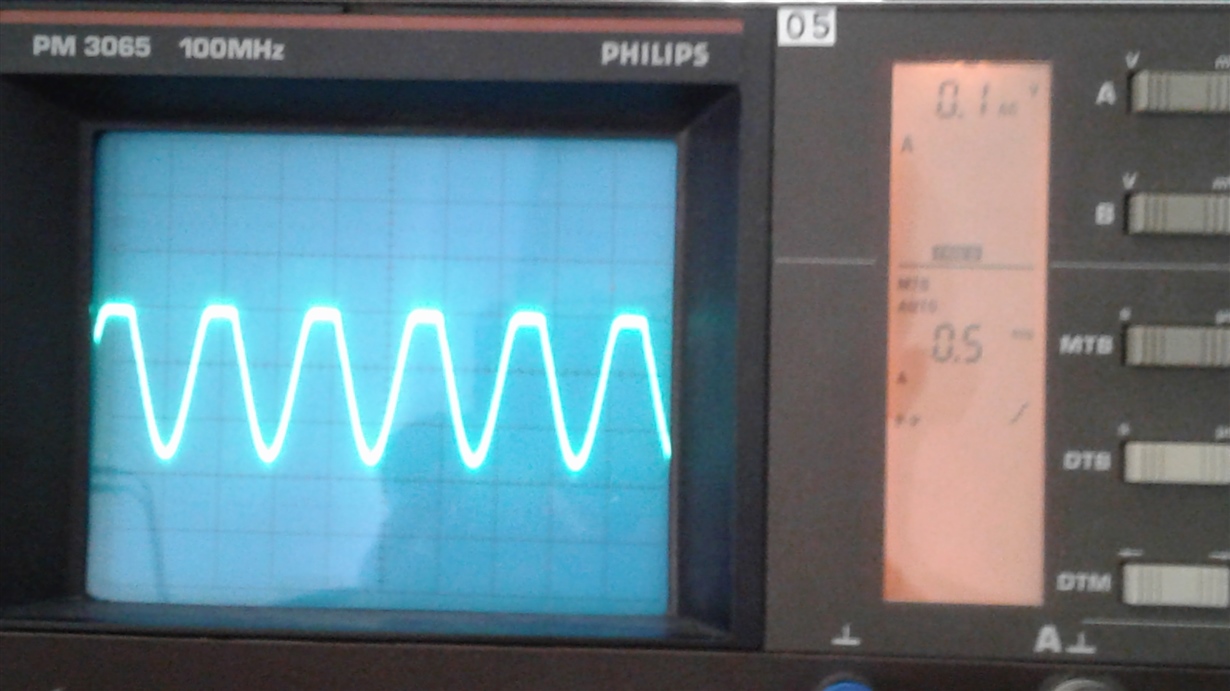Other Parts Discussed in Thread: TINA-TI
Hello,
For our application, we must design a simple filtering circuit consisting of a 50/60Hz notch filter to remove ground noise, followed by a 10KHz low pass filter.
The design parameters are:
VCC: 3.3V - battery powered device
Frequency range of interest: 100 Hz to 10 KHz
Vin: 0 to 3.3VPP sine wave
In the attached TINA file, the filters has been calculated with Filter Pro. Using an OPA414, when the input signal amplitude reach around 300 mVPP, the 50/60Hz notch filter output start distorsion.
The same issue appears using a Twin T 50 50/60Hz notch filter using the OPA414 implemented on the PCB prototype's. So I suppose that this op amp is not the right choice and I should really appreciate your recommendation for this application.
Awaiting your soon reply, I already thank you.
Kind Regards,
Guy BERWART


